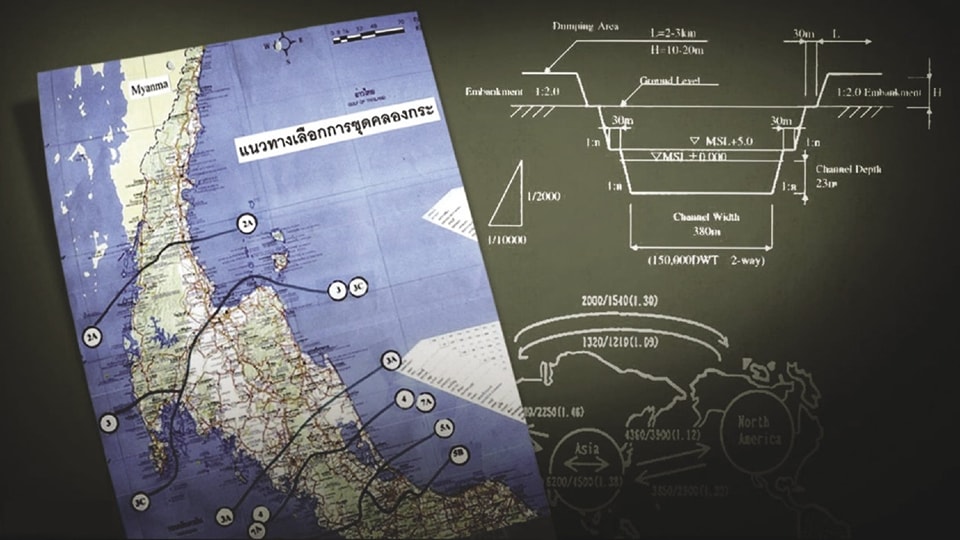The proposed Kra Canal project in Southeast Asia, as depicted in the image, is a monumental undertaking that seeks to connect the Andaman Sea to the Gulf of Thailand, thereby creating a shortcut for maritime traffic between Europe and Asia. The intricate design of the canal, characterized by a channel depth of 23 meters, a width of 380 meters, and an embankment slope of 1:2.0, is intended to accommodate large vessels, including those weighing up to 150,000 tons. The project also outlines specific dimensions for various sections of the canal, such as the distance between the dumping area and the embankment.
The potential advantages of the Kra Canal project are substantial. By significantly shortening the distance between Europe and Asia, the canal would reduce shipping time and costs, thereby stimulating trade and economic growth between the two regions. Moreover, the canal would diversify trade routes, reducing reliance on the Malacca Strait and mitigating potential geopolitical risks. Additionally, the construction and operation of the canal would create jobs and boost local economies.
However, the project is not without its challenges. The construction of the canal would require extensive land clearing and dredging, potentially harming ecosystems and marine life. Furthermore, the project could have geopolitical implications, as it would increase China’s influence in the region and could potentially challenge Singapore’s dominance as a regional shipping hub. The high costs associated with the construction of the canal, coupled with the numerous technical challenges, such as maintaining the canal’s depth and preventing sedimentation, pose significant hurdles to its realization.
The future outlook for the Kra Canal project is uncertain. While the potential benefits are significant, the project faces substantial challenges. The realization of the project will depend on various factors, including economic feasibility, environmental impact assessments, and geopolitical considerations. If successfully implemented, the canal could transform maritime trade in the Asia-Pacific region. However, it is crucial to carefully weigh the potential benefits against the potential costs and risks before proceeding with the project.


